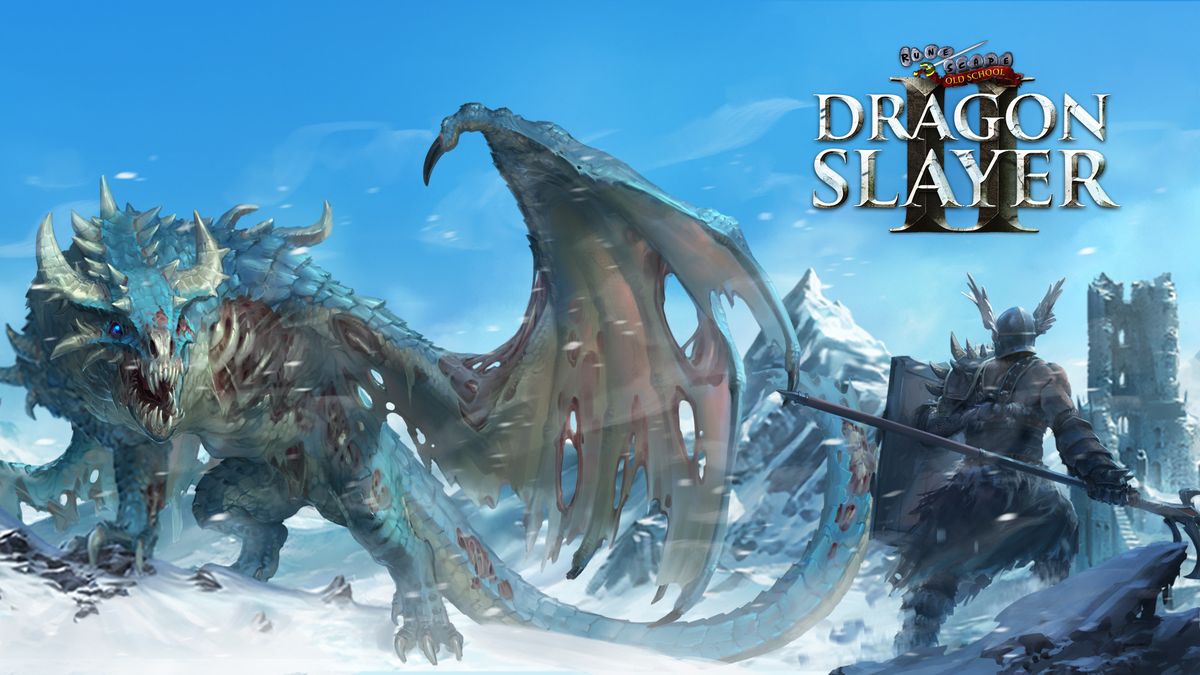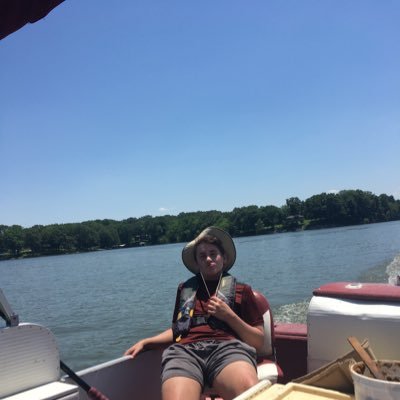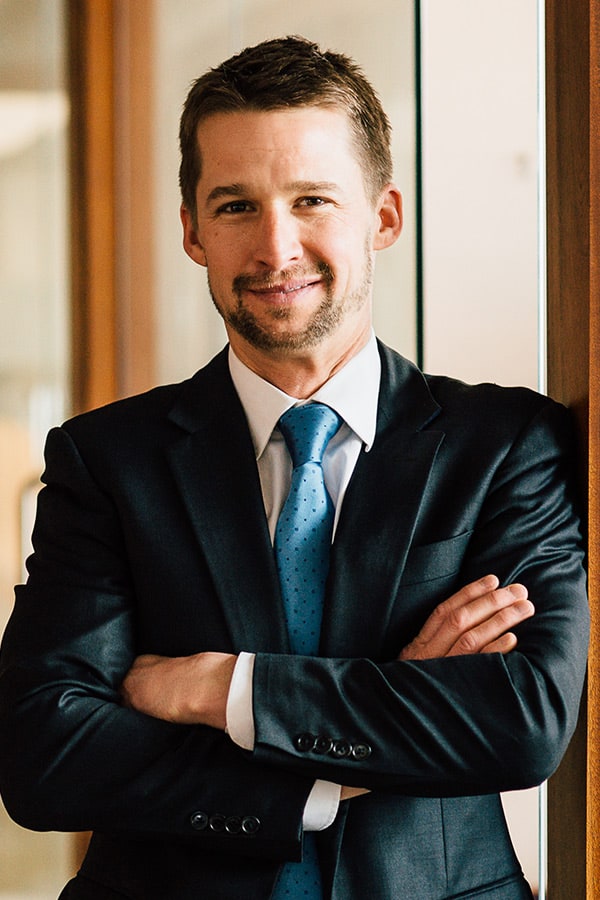
: 502 Additionally, Clerc and Thomas Hopkins Gallaudet may have used an artificially constructed form of manually coded language in instruction rather than true LSF. That might override creole characteristics such as the tendency towards isolating morphology. : 501 There are modality-specific reasons that sign languages tend towards agglutination, such as the ability to simultaneously convey information via the face, head, torso, and other body parts. : 501 ASL may have begun as a creole and then undergone structural change over time, but it is also possible that it was never a creole-type language. : 493 However, more recent research has shown that modern ASL does not share many of the structural features that characterize creole languages. It has been proposed that ASL is a creole in which LSF is the superstrate language and the native village sign languages are substrate languages.

Some of us have learned and still learn signs from uneducated pupils, instead of learning them from well instructed and experienced teachers. I see, however, and I say it with regret, that any efforts that we have made or may still be making, to do better than, we have inadvertently fallen somewhat back of Abbé de l'Épée. : 7 : 14 In fact, Clerc reported that he often learned the students' signs rather than conveying LSF: : 14 : 14 That suggests that nascent ASL was highly affected by the other signing systems brought by the ASD students although the school's original director, Laurent Clerc, taught in LSF. : 7 : 14 However, that is far less than the standard 80% measure used to determine whether related languages are actually dialects. The influence of French Sign Language (LSF) on ASL is readily apparent for example, it has been found that about 58% of signs in modern ASL are cognate to Old French Sign Language signs. : 11 ASL was influenced by its forerunners but distinct from all of them. ASL was created in that situation by language contact. Lensbower.ĪSL emerged as a language in the American School for the Deaf (ASD), founded by Thomas Gallaudet in 1817, : 7 which brought together Old French Sign Language, various village sign languages, and home sign systems. However, there are several alternative proposals to account for ASL word order.Ĭlassification Travis Dougherty explains and demonstrates the ASL alphabet.


Many linguists believe ASL to be a subject–verb–object language. ASL has verbal agreement and aspectual marking and has a productive system of forming agglutinative classifiers. English loan words are often borrowed through fingerspelling, although ASL grammar is unrelated to that of English. ASL is not a form of pantomime although iconicity plays a larger role in ASL than in spoken languages. Reliable estimates for American ASL users range from 250,000 to 500,000 persons, including a number of children of deaf adults and other hearing individuals.ĪSL signs have a number of phonemic components, such as movement of the face, the torso, and the hands. Despite its wide use, no accurate count of ASL users has been taken. Since then, ASL use has been propagated widely by schools for the deaf and Deaf community organizations. It has been proposed that ASL is a creole language of LSF, although ASL shows features atypical of creole languages, such as agglutinative morphology.ĪSL originated in the early 19th century in the American School for the Deaf (ASD) in Hartford, Connecticut, from a situation of language contact. ASL is most closely related to French Sign Language (LSF). ASL is also widely learned as a second language, serving as a lingua franca.

Besides North America, dialects of ASL and ASL-based creoles are used in many countries around the world, including much of West Africa and parts of Southeast Asia.
#AUSTIN WALKER FORSPOKEN MANUAL#
ASL is a complete and organized visual language that is expressed by employing both manual and nonmanual features. Areas where ASL is in significant use alongside another sign languageĪmerican Sign Language ( ASL) is a natural language that serves as the predominant sign language of Deaf communities in the United States of America and most of Anglophone Canada.


 0 kommentar(er)
0 kommentar(er)
